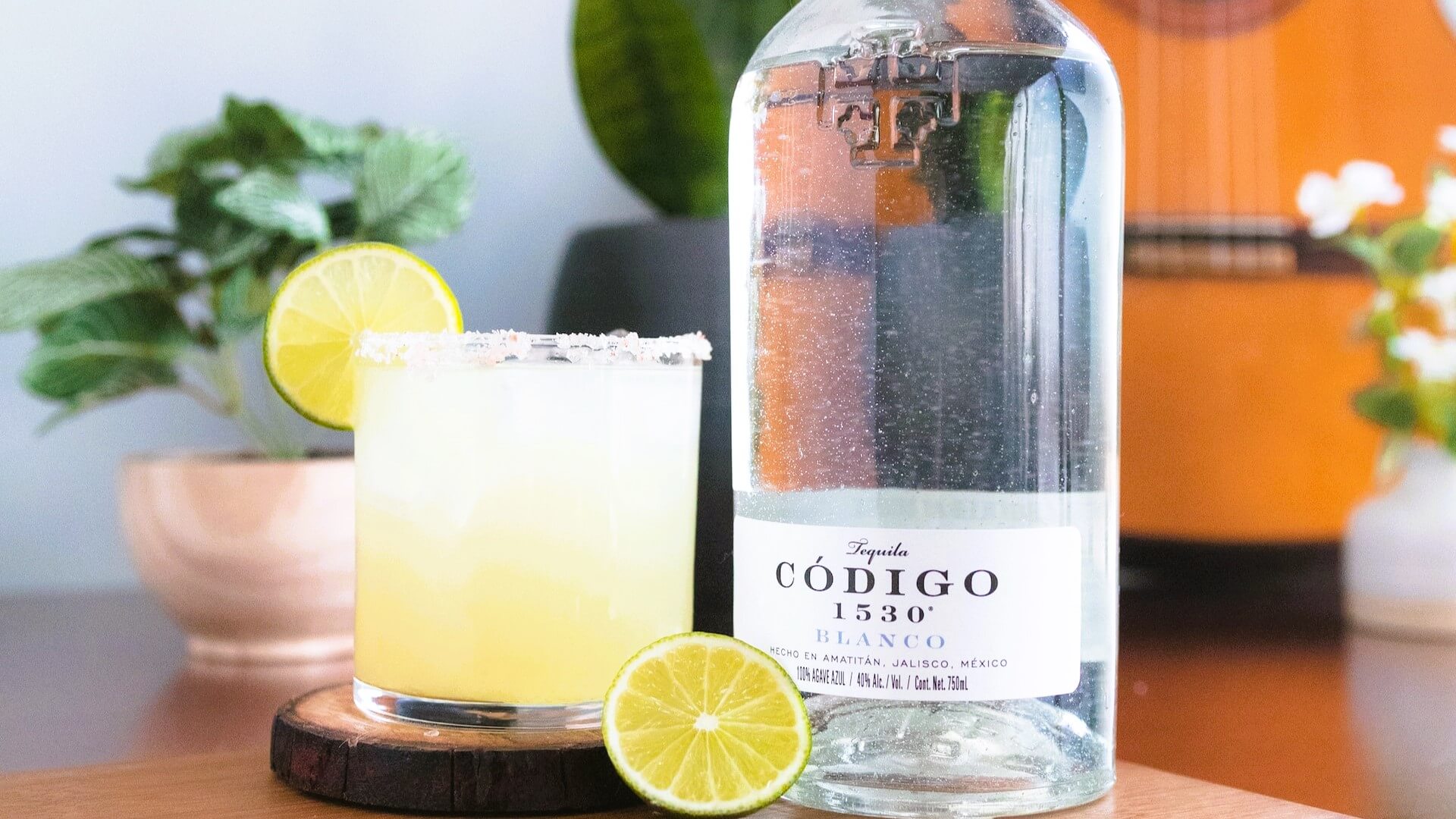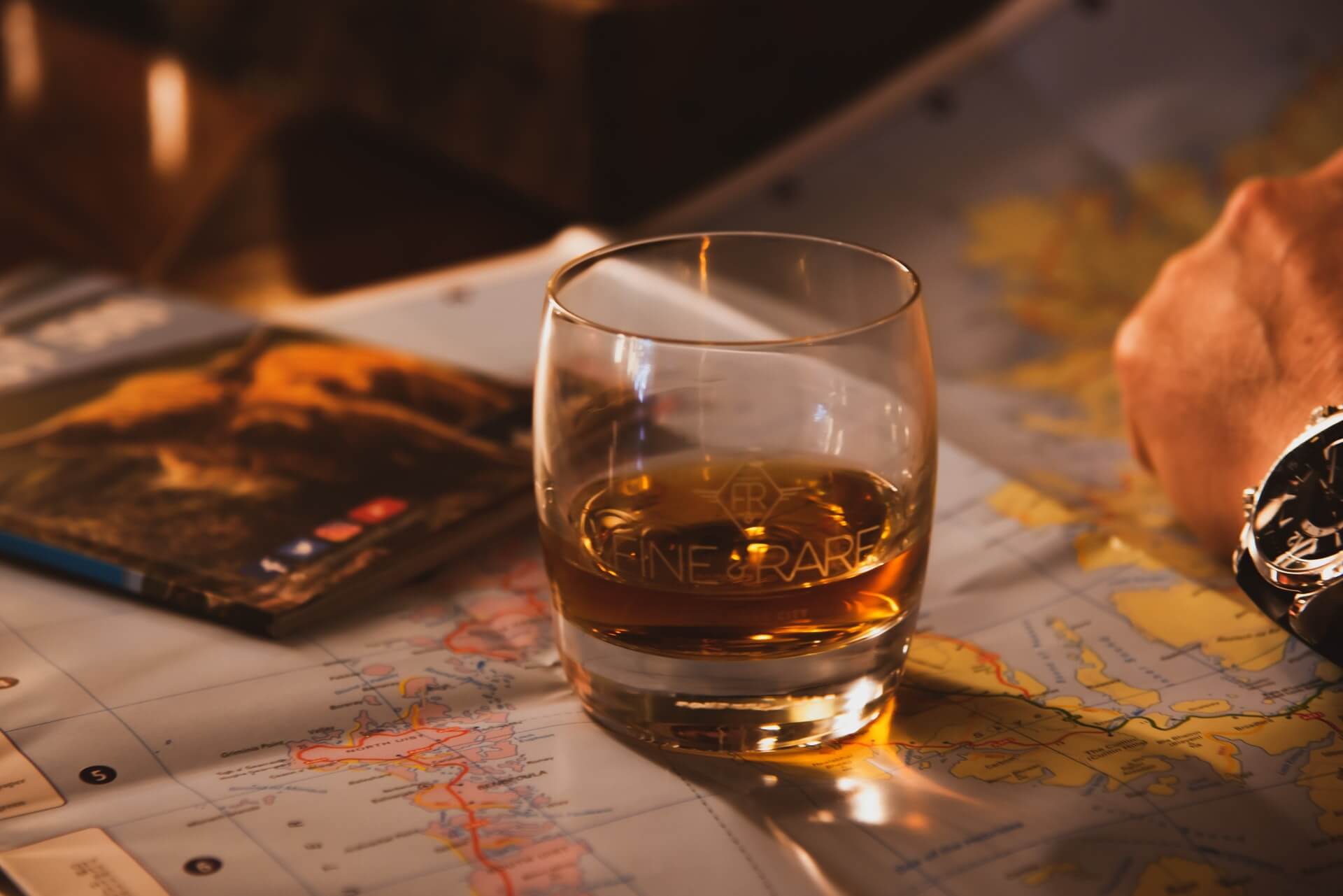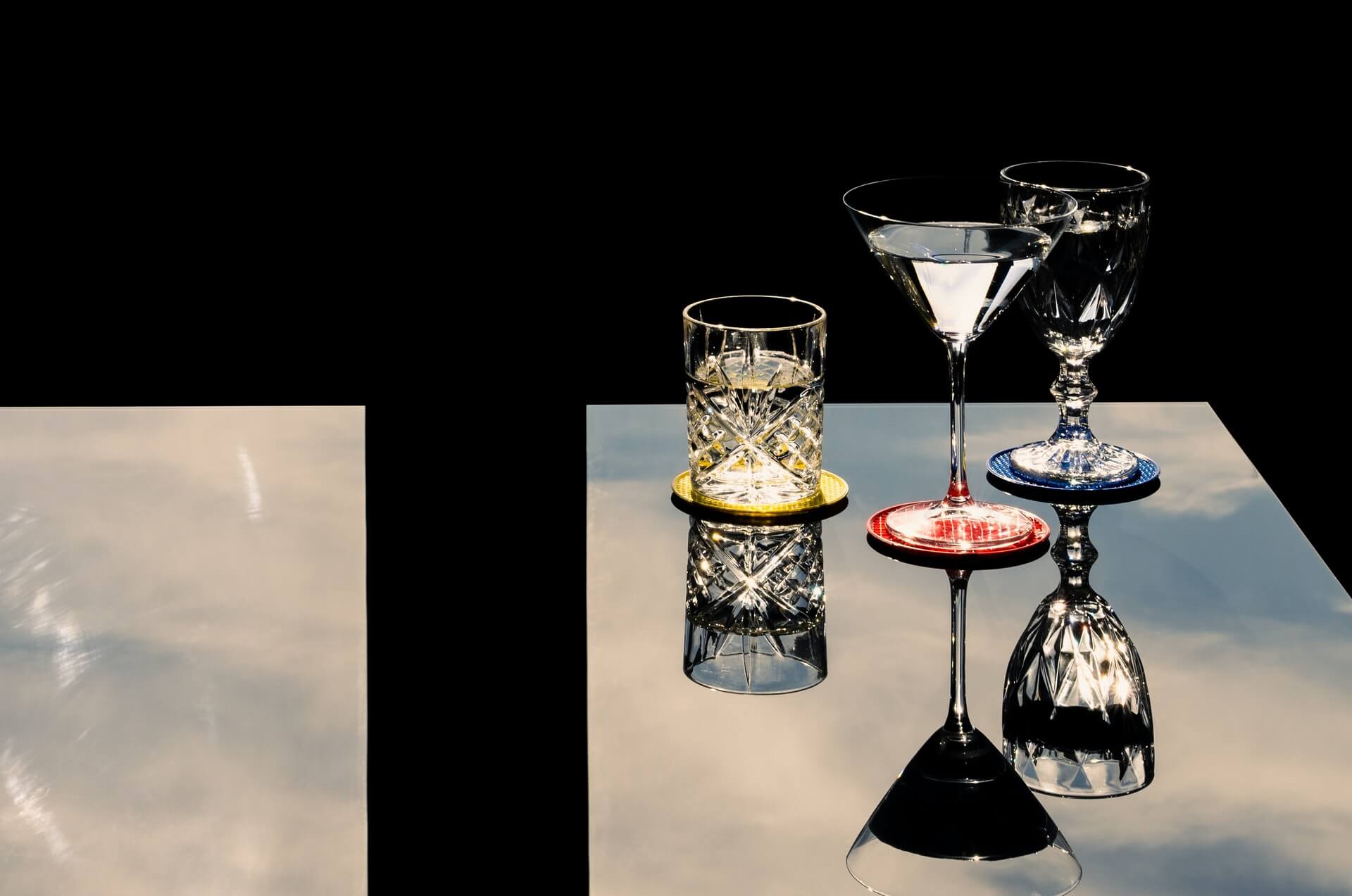A New Challenger to the Margarita Emerges
by David Klemt

The simple, three-ingredient Margarita continues its longstanding reign on the cocktail throne but there’s now a new number two.
Technically, of course, we haven’t had hard numbers regarding the Margarita’s sales for decades upon decades. Nielsen has only been officially tracking this type of cocktail data since 2016.
However, it’s not difficult to understand that America has been in love with the Margarita for decades. In fact, the cocktail may have been sitting on the throne for 50 (or more) years.
Some cocktail historians believe the Margarita is a member of the Daisy drink family. These sours consist of a spirit, citrus, simple syrup, and soda. Depending on who you believe, the Margarita came to life in the 1930s or 1940s.
An orange liqueur (triple sec) replaced the simple syrup, the soda was sent packing, and tequila became the required spirit. By the 1950s, the Margarita was on its way to winning the cocktail game of thrones.
Over the decades, many variations have appeared on the scene. Undoubtedly, this has helped the cocktail continue its reign. Tourist destinations have also strengthened its position; just think about the ubiquity of Margarita machines and blenders in Las Vegas and New Orleans.
But the simple, original recipe is the still “the One.” Ask a bartender or bar manager how they gauge someone’s skills behind the bar. The answer much (if not most) of the time? How that person makes a Margarita.
There’s nowhere to hide when a cocktail has but two or three ingredients. That’s why so many bar professionals judge bartenders by their Margs.
A “New” Challenger Appears
Unsurprisingly, the Margarita proved to be the most popular cocktail in America in 2022.
In contrast, according to the CGA Cocktail Sales Tracker by Nielsen IQ, the Manhattan fell out of the top ten.
The Moscow Mule, which has been rising in popularity for several years now, was in second place last year. In third, the Martini.
Now, before I address the “new” challenger to the Margarita, a note. The four newsworthy cocktails in terms of CGA and Nielsen tracking all have names beginning with the letter “M.” Does that mean anything? I have no idea. Maybe someone can look into cocktail names and how their perceived by guests to find out if “M” drinks outperform others.
So, we’ve got the Margarita, the Moscow Mule, the Martini, and the Manhattan (although for a different reason). Is the Moscow Mule currently eyeing the Margarita’s position up close and personally?
According to CGA by NielsenIQ data, no. The Martini is now sitting in the number two spot. Interestingly, this may be due to the rise in popularity—yet again—of the Espresso Martini.
So, while your bar team is ensuring their Margarita specs are dialed in for National Margarita Day, don’t neglect your Martinis. (Particularly your Espresso Martini.)
By the way, National Margarita Day is this Wednesday, February 22. Make sure you’re ready to thrown down.
Oh, and if you ever feel like starting an argument at a bar, ask the bartenders for their Margarita and Martini specs.
Image: Mathew Benoit on Unsplash



